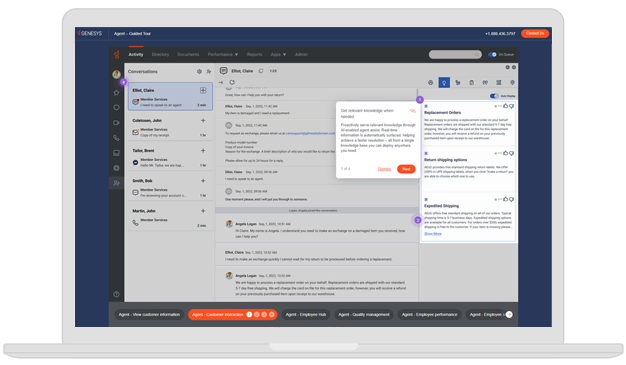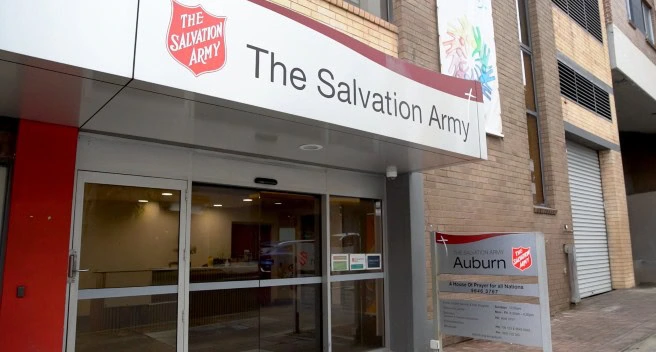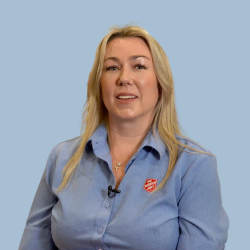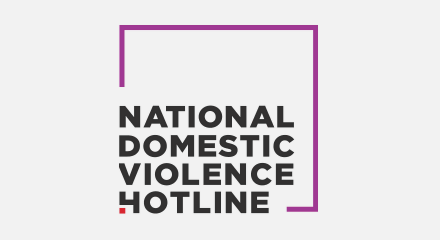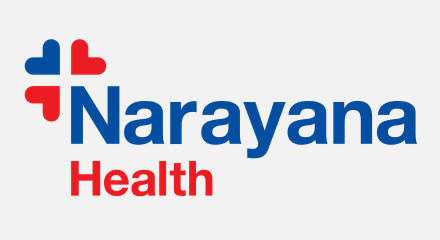A shift to stability — and digital
Seeing a window to substantially improve the quality, stability and reliability of the contact center services at the Salvation Army Australia, Kuramoto and his team studied the most important areas to improve with a new solution. Shoring up call quality and service stability were obvious top priorities, noting that people in need often have significant barriers to overcome just to build up their courage to make a call.
“It may take someone numerous tries to actually reach out. So, to think they could end up with poor quality or a call that drops? We need to honor their courage and make sure our lines are stable,” said Kuramoto.
Salvation Army Australia also wanted to open digital and social media channels, starting with live web messaging. Kuramoto said that a complete feature set with room to grow into emerging digital services was most important.
“We knew that we would be able to close down legacy systems and not pay for support and maintenance across multiple vendors,” he added. “So, we knew we could save costs by having one standardized approach.”
The organization selected the Telstra Contact Centre Genesys Cloud platform on the strength of its native voice and web messaging capabilities; ability to unify a variety of future digital channels with voice and web messaging; and an integration with Microsoft Teams. “We’ve adopted Teams pretty heavily and Genesys were the most effective in ensuring a seamless experience,” said Kuramoto. “We always know who’s available and can send calls to the right people who have capacity to take them on.”
Along with improving call quality and stability, the most impactful improvement for employees and callers alike is the addition of a callback queue. Apart from improving the caller experience, Salvation Army Australia was particularly motivated to adopt the feature because many callers use prepaid phones and cannot afford to use up connection time on long holds. For some call types, over 90% of callers use the option.
The callback option has eliminated most of the frustration from callers after long waits. “My team dealt with a lot of aggression and morale was down. Callbacks have really helped both team morale and customer satisfaction,” said Fuchsia De Lange, phone assistance line manager at The Salvation Army Australia. “Between that, and the sense of security that we won’t lose people at their most vulnerable time, our interactions are more positive from the get-go. It’s been a game changer for us.”
Since implementing Telstra Contact Centre Genesys Cloud, NPS for the Salvation Army Australia contact center is up eight points, from 56 to 64. That is far above its peer group. “The average NPS for call centers in Australia is 30, and now we’re at 64. I’m really proud of that,” said De Lange.
And clients have shown strong interest in web messaging, with notable month-to-month increases in usage despite minimal promotion of the channel. Kuramoto said that Australians under 40 in particular, as well as those experiencing shame or apprehension to reach out for support via the phone, see it as a lower-friction way to start their outreach.
“Eventually it may turn into a phone call, it may turn into a face-to-face meeting, but it’s breaking down that barrier and allowing that person to have that instant opportunity to reach out and say ‘I need support,’” he said.



